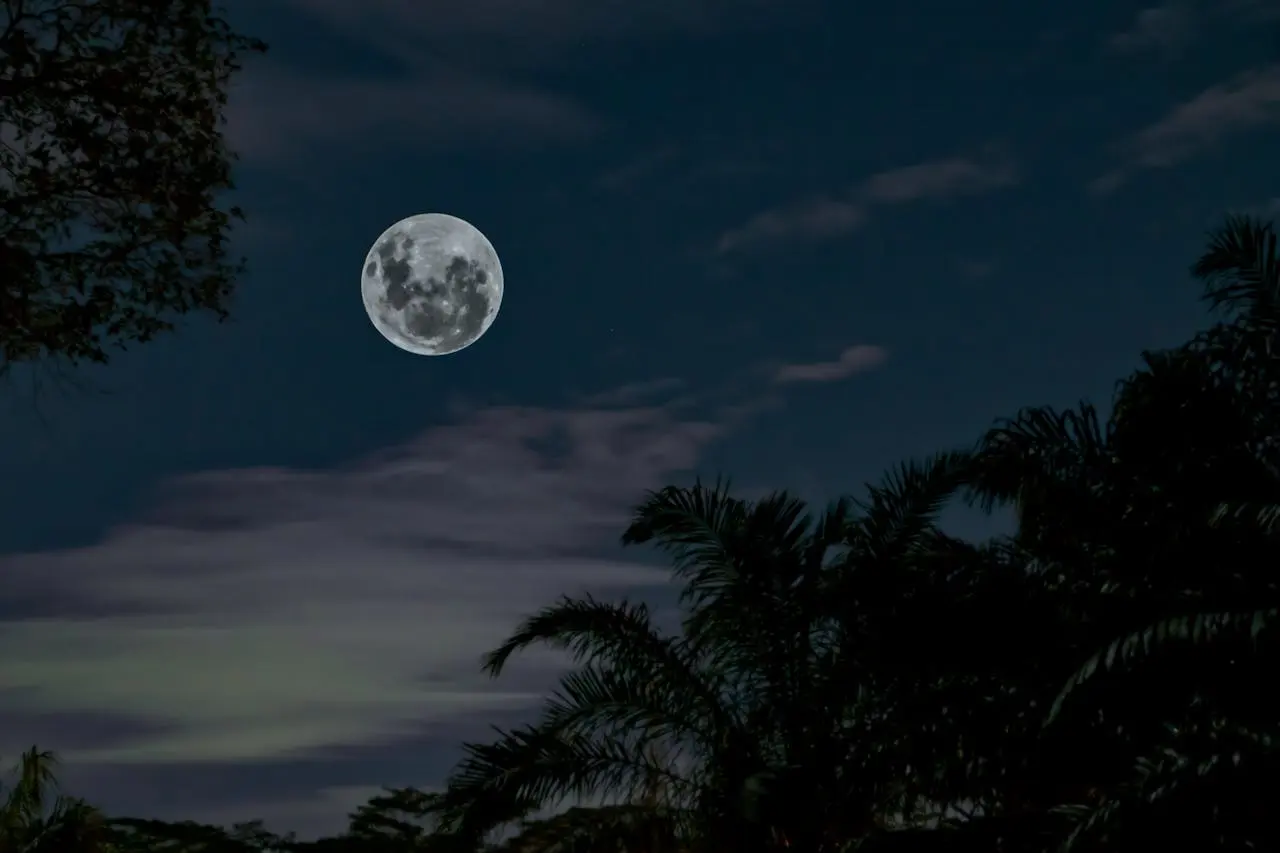| Summary |
|
On August 19, 2024, people across the world will be able to see a rare Super Blue Moon, a celestial event that combines two unusual lunar phenomena in one night. The Moon will appear larger and brighter than usual because it reaches its closest point to Earth while also marking the second full moon of the month. This combination has not been seen since 2018 and will not return until 2032.
A supermoon occurs when the Moon is at perigee (the nearest point in its orbit to Earth) while also being full. At this stage, the Moon looks up to 30 percent brighter and slightly bigger to the naked eye, although the size difference is subtle for most observers.
The term “blue moon” refers to the second full moon in a single calendar month. Despite the name, the Moon does not change color. Blue moons appear once every two to three years, making them uncommon. But when a blue moon also happens to be a supermoon, the result is a far rarer event.
The peak of the full moon will take place during daylight hours in some locations, but viewers everywhere will be able to see it after sunset on August 19. The best views are expected at moonrise and moonset, when the Moon is close to the horizon and appears larger against landmarks.
No special equipment is needed to see the Super Blue Moon. A clear view of the sky is enough, though binoculars or a telescope can reveal greater detail on the lunar surface. Weather conditions will play a major role, and cloud cover may block the view. For those unable to see it directly, several observatories and space organizations are expected to stream the event online.

